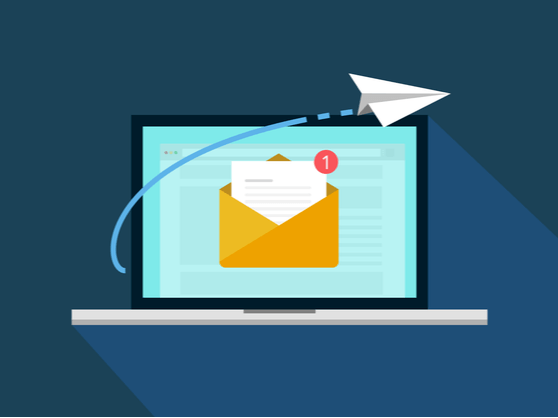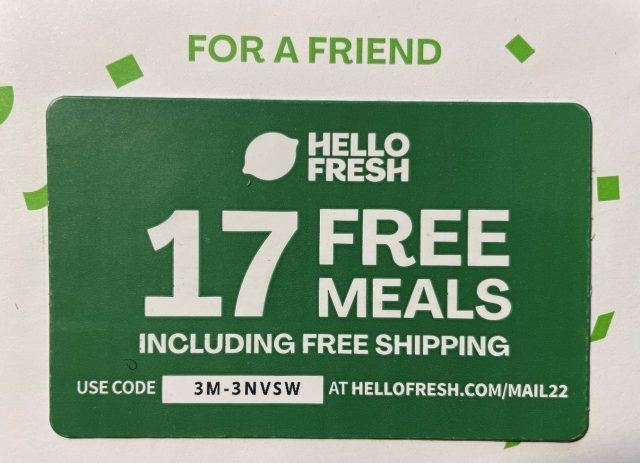
Incentivized Referrals: Turning Loyal Customers into a Major Acquisition Channel

Everyone has received a referral marketing link before; “give $10, get $10” is ubiquitous. While you may have experienced this as a consumer, you probably haven’t thought about how big of a channel it can become for your business. The answer: Big. For companies in the Insight portfolio that prioritize them, referrals can account for over a third of new customers.
Here, we break down some of the things you can do to turn referrals from a small part of your acquisition mix into a core aspect of your Go-to-Market strategy.
1. Prioritize reporting, testing, and insight gathering:
You can’t improve what you can’t accurately measure, so start collecting the data on your referral program and its key metrics. Who are the types of customers that refer your product actively, and what are the actions they take that lead to them becoming promoters? What are the right value propositions to include in referral messages, and do these differ by customer segment? What aspects of your product should you highlight to referred users who are considering signing up? Without these insights, you’ll be wandering in the dark and hoping you get lucky.
You’re also going to want to build a testing platform to take advantage of these insights and build upon them. An email asking for referrals three days after purchase may give drastically different results than one coming seven days after purchase, and a testing methodology will help you prove it.
To speed up this process, some companies choose to use a referral platform, as it has many of the tools just discussed built-in. The Insight team has done research on many of these platforms, and they can be immensely powerful to help you get immediate results and gather learnings quickly. However, if you want referrals to be a significant chunk of acquisitions, referral platforms will usually just be a stepping stone on your evolution and you’ll eventually want to build these types of features directly into your product.

2. Find the right incentives:
Your economist friends will tell you that incentives matter and they’re right.
There are basic questions of incentives that you’ll need to start answering using the data and testing you’ve set up. How much of an incentive to offer? How to divide it? Do double-sided incentive programs (where both the referrer and referred get rewarded) outperform single-sided programs for either the referrer or referred? Usually, double-sided programs are most successful because they encourage the rate of sharing and the success of each share, but every company and industry has its own balance.
However, incentives can move beyond just money or discounts. When they do, they are usually more powerful. Dropbox famously offered additional space for referrals to fuel early growth. Evernote used a points system to let referring users try out premium services for free. Try to think of unique benefits to referring your product that cost less than a straight cash payout for you to provide and reinforce a promoter’s loyalty to your brand. Is inclusion in a VIP group or access to unique product features more valuable to your likely promoters? Maybe a limited-edition piece of swag?
You can also change the point of referral payout to give you more flexibility and offer larger rewards. Chime and other neo banks originally had modest success with referral programs. Chime then flipped the paradigm by offering $50 to each party but only after a new customer had set up a direct deposit. This meant a long delay in rewards payouts but also meant Chime could offer much higher rewards and still ensure the program was profitable. Free Agent took this a step further, and referrers get an ongoing 10% discount, so long as the referred customer is still a paying member. This even stacks with multiple successful referrals.
Overall, for incentives, do testing to get the basics right. Creatively thinking of unique rewards that are tailored to your product, customers, and business model can be the trick to turning an also-ran referral program into a core acquisition channel.
3. Coach your customers to find the right audience:
Even products with strong word of mouth end up falling into a rut. Your loyal customers who want to refer your product use it to solve a single problem, even if that’s not the full universe of what it can do or who it can help. You need to teach your customers the full breadth of value you offer, so they can bring it up in all available opportunities.
A favorite example of this is Rent the Runway. It identified that referrers were only talking about Rent the Runway for a singular problem (lots of weddings and events), and it wanted to broaden the appeal. It added images on its referral page and in emails specifically talking about other uses for the product. This improved its rate of sharing from its already loyal customers.
Figure out if your customers have a select few situations in which they talk about and refer your product, and if they do, figure out how to make more opportunities for them to be successful advocates.

4. Figure out your artifact for sharing:
An artifact for sharing is the physical or digital asset that you want your customers to share with their network. Sometimes this is just an automated email or generic copied message. Those can certainly work, especially if the messaging is right, but another way is to build assets that make sharing so easy or so personally gratifying that customers can’t help themselves.
A topical example is Wordle, which made an easily shareable nugget that took over social media for a few weeks. Strava and Nike built the same with their milestone markers and monthly report cards. Spotify takes over the internet annually with people sharing their Year in Review. These shareable assets build word of mouth but can also be used to drive incentivized referrals.

In the early days, meal kits asked users to take photos of their prepared dishes and brag about them online along with a coupon code. Shein customers are all over YouTube with videos of their latest haul of fashionable clothing. Some are influencers, but many are just fans looking to show off and get rewarded in the process. These can also move into the physical realm. Hello Fresh and others started including shareable cards as a mailed insert to be given to friends.

Wrapping up:
There are a lot of ways to quickly stand up a referral program with a medium amount of effort and get quick results. However, for companies that really think through their execution and invest in differentiating their referral program, the results can be a big, scalable, and very profitable additional acquisition channel.
If you’re an Insight portfolio company and thinking about starting or investing in your referral program, reach out to your Onsite contacts for some ideas on driving more value out of this channel.












